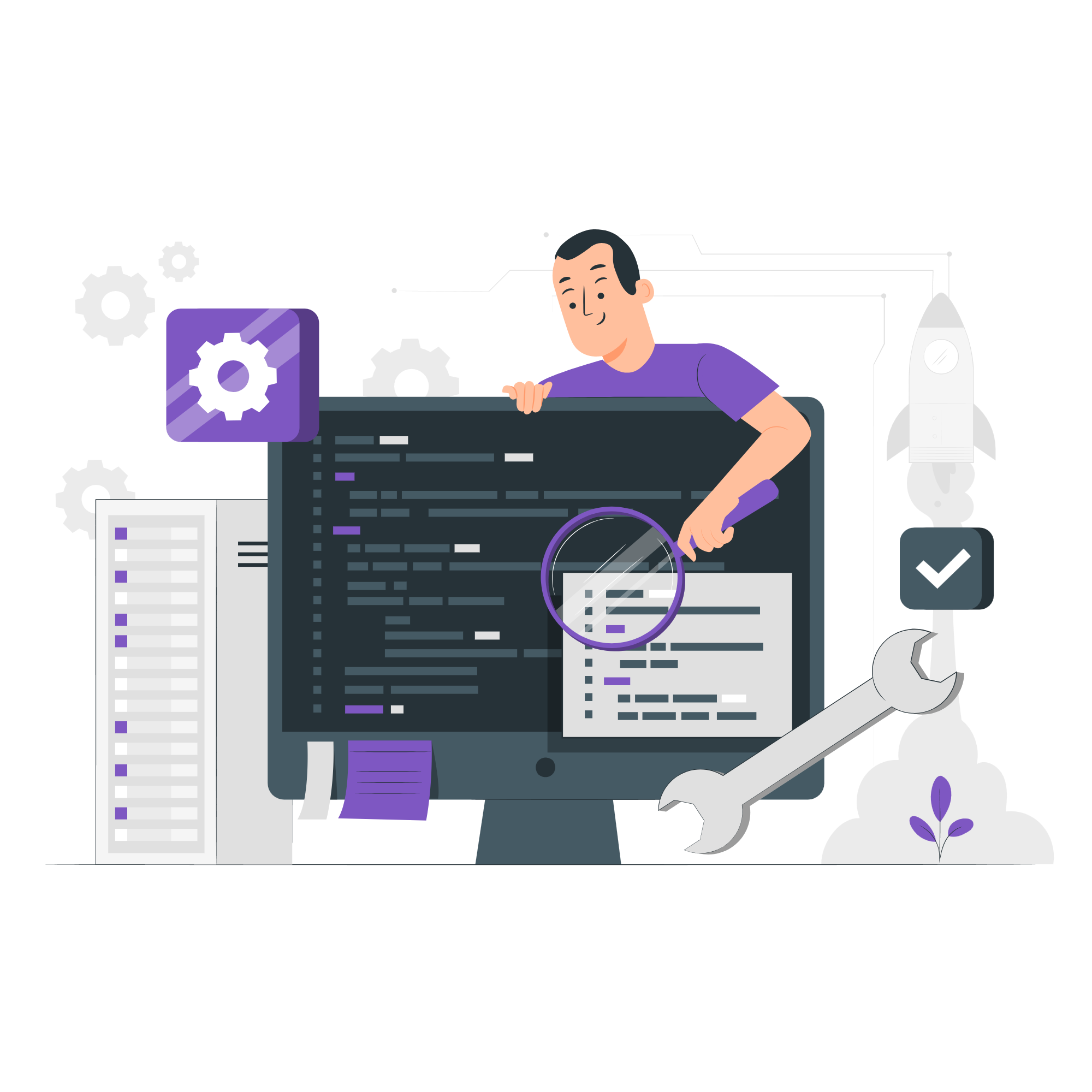An Enterprise Resource Planning (ERP) system is a comprehensive software platform designed to integrate and manage core business processes in real time. It serves as a centralized system that connects various departments—such as finance, HR, supply chain, manufacturing, and sales—enabling seamless data flow and improving operational efficiency. ERP systems are essential for businesses looking to streamline processes, reduce costs, and make data-driven decisions. In this articles you will learn what is an erp system?
An ERP system is a unified platform that consolidates data and processes from different departments into a single system. It eliminates data silos, improves collaboration, and provides real-time insights into business operations. ERP systems are used by organizations of all sizes and across industries, including manufacturing, retail, healthcare, and services.

An ERP system works by centralizing data from various departments into a single database. Here’s how it typically operates:
Data Collection: Data from finance, HR, supply chain, and other departments is entered into the ERP system.
Data Processing: The system processes and organizes the data into meaningful information.
Data Sharing: Departments can access and share data in real time, improving collaboration.
Reporting and Analysis: The system generates reports and provides insights to support decision-making.
Automation: Routine tasks like payroll, invoicing, and inventory management are automated.
Automates repetitive tasks, reducing manual effort.
Streamlines workflows and eliminates bottlenecks.
Reduces operational costs through automation and optimization.
Minimizes errors and waste in processes.
Breaks down data silos and improves communication between departments.
Provides a single source of truth for all business data.
Provides real-time insights and analytics.
Enables data-driven decisions based on accurate information.
Grows with your business, supporting increased complexity and volume.
Adapts to changing business needs and industry trends.
Ensures compliance with industry regulations (e.g., GDPR, SOX).
Protects sensitive data with advanced security features.
Manufacturing: Manages production, inventory, and supply chain.
Retail and E-commerce: Streamlines order management and customer service.
Healthcare: Tracks patient records, billing, and inventory.
Construction: Manages projects, budgets, and resources.
Services: Automates scheduling, billing, and client management.
A mid-sized manufacturing company implemented an ERP system to manage its operations. The results included:
20% reduction in operational costs.
30% improvement in order fulfillment times.
15% increase in on-time deliveries.
Real-time visibility into inventory and production.
On-Premise ERP: Installed on the company’s servers and managed internally.
Cloud-Based ERP: Hosted on the vendor’s servers and accessed via the internet.
Hybrid ERP: Combines on-premise and cloud-based solutions.
SAP ERP: A leading solution for large enterprises.
Oracle ERP Cloud: Known for its scalability and advanced features.
Microsoft Dynamics 365: Integrates seamlessly with other Microsoft products.
Odoo: A modular, open-source ERP system suitable for small to medium businesses.
NetSuite: A cloud-based ERP designed for growing businesses.
An Enterprise Resource Planning (ERP) system is a powerful tool that can transform your business operations. By integrating data and processes across departments, an ERP system improves efficiency, reduces costs, and enables data-driven decision-making. Whether you’re in manufacturing, retail, or services, an ERP system is an investment that delivers long-term benefits.